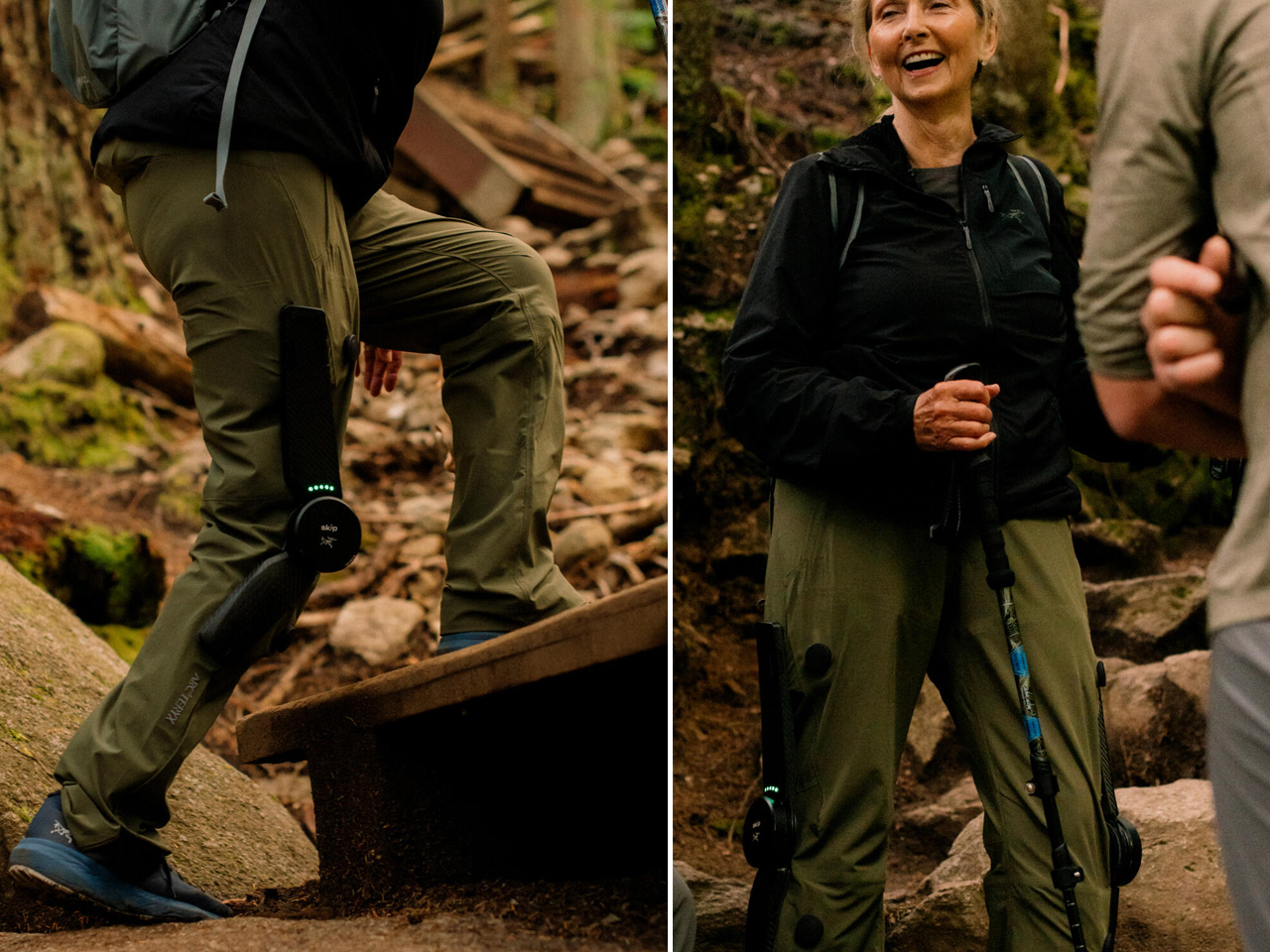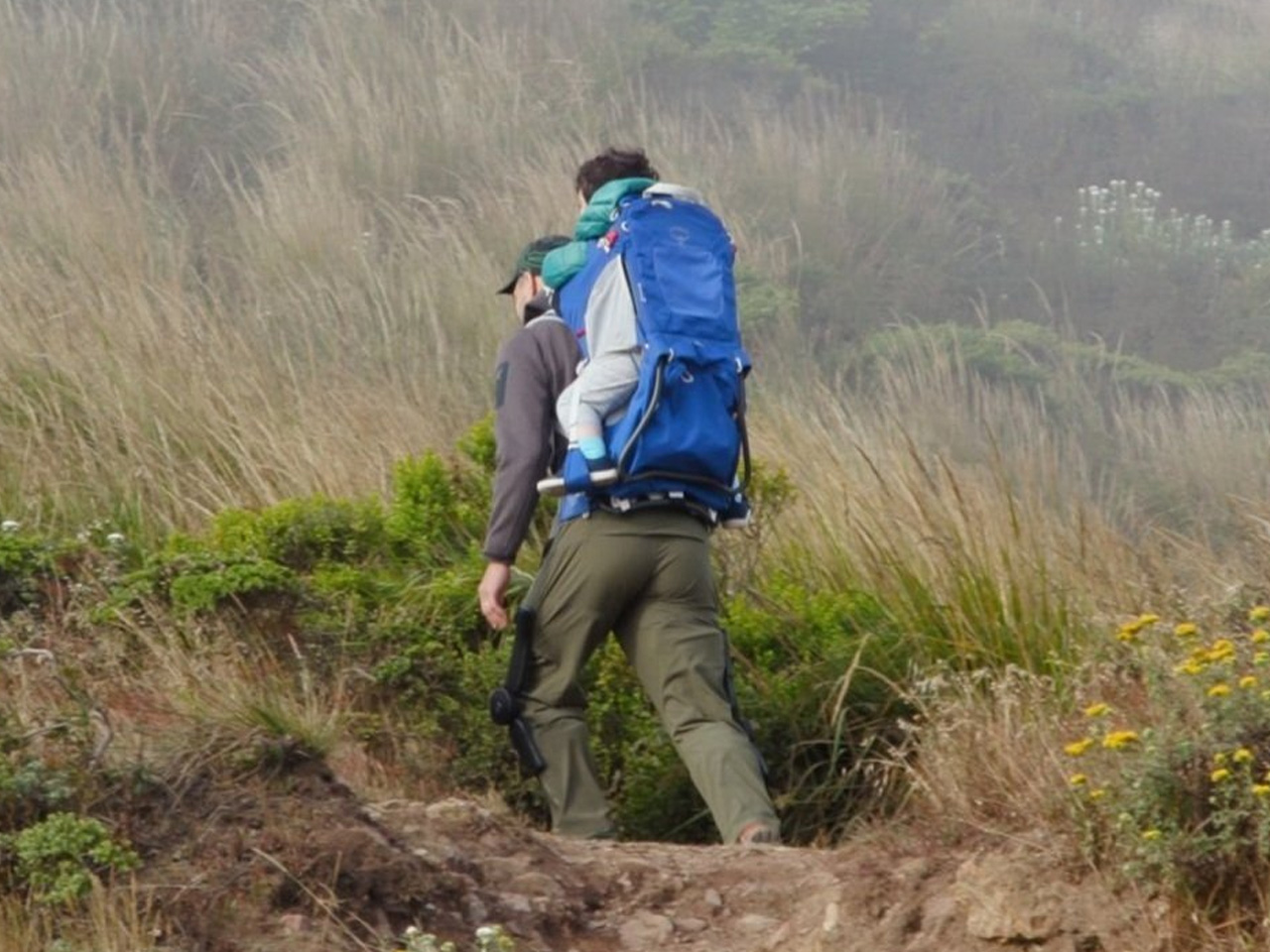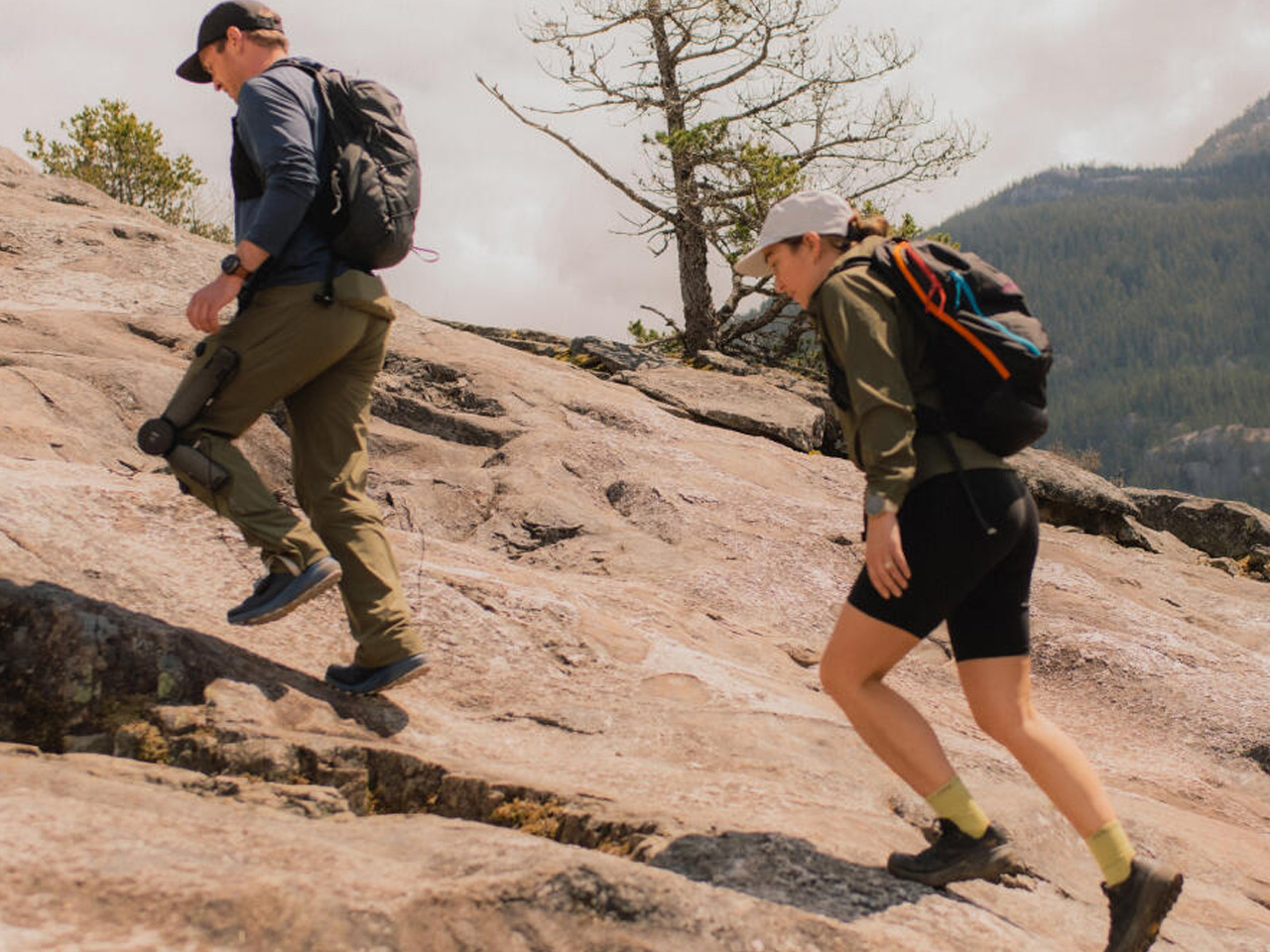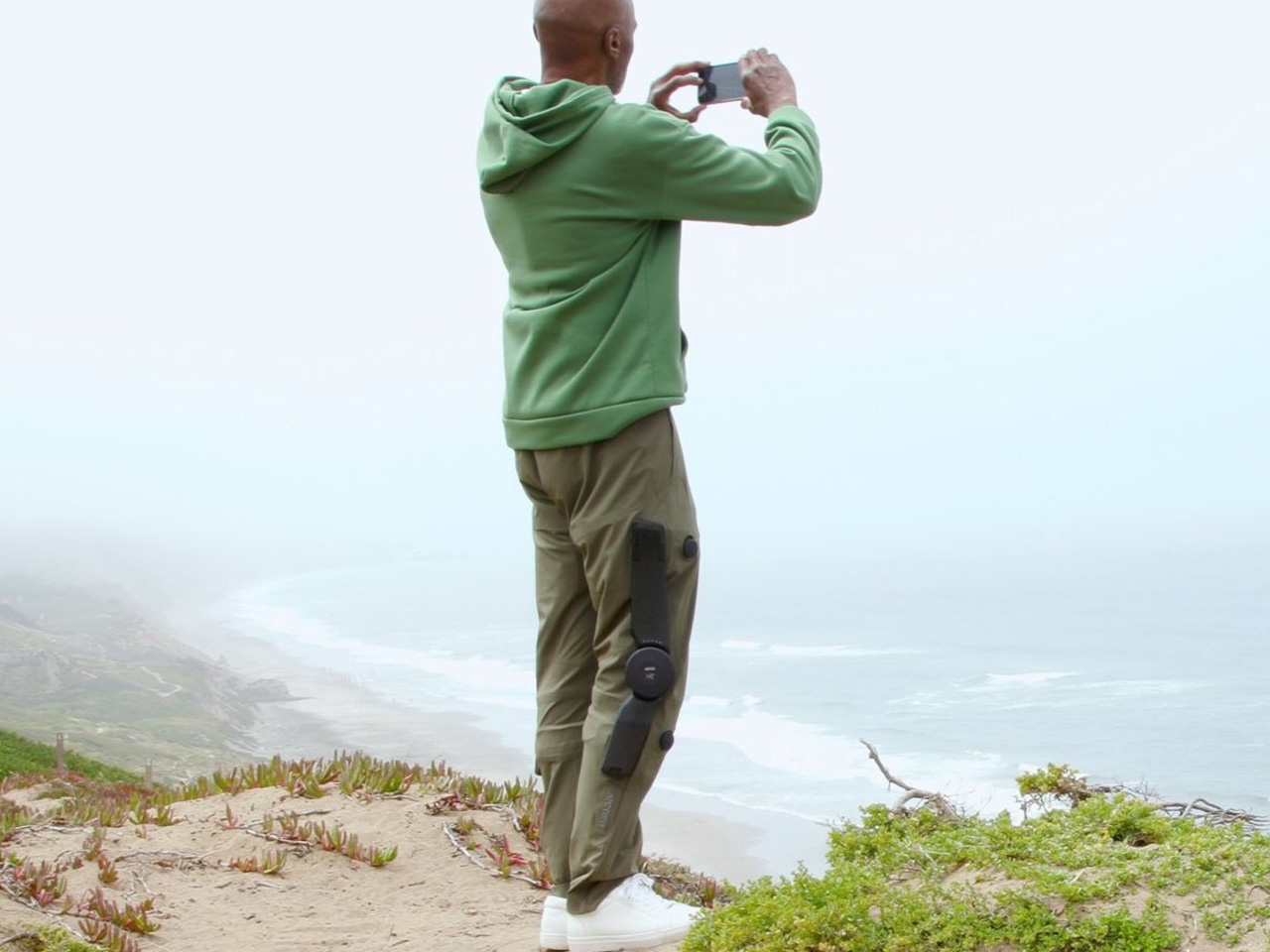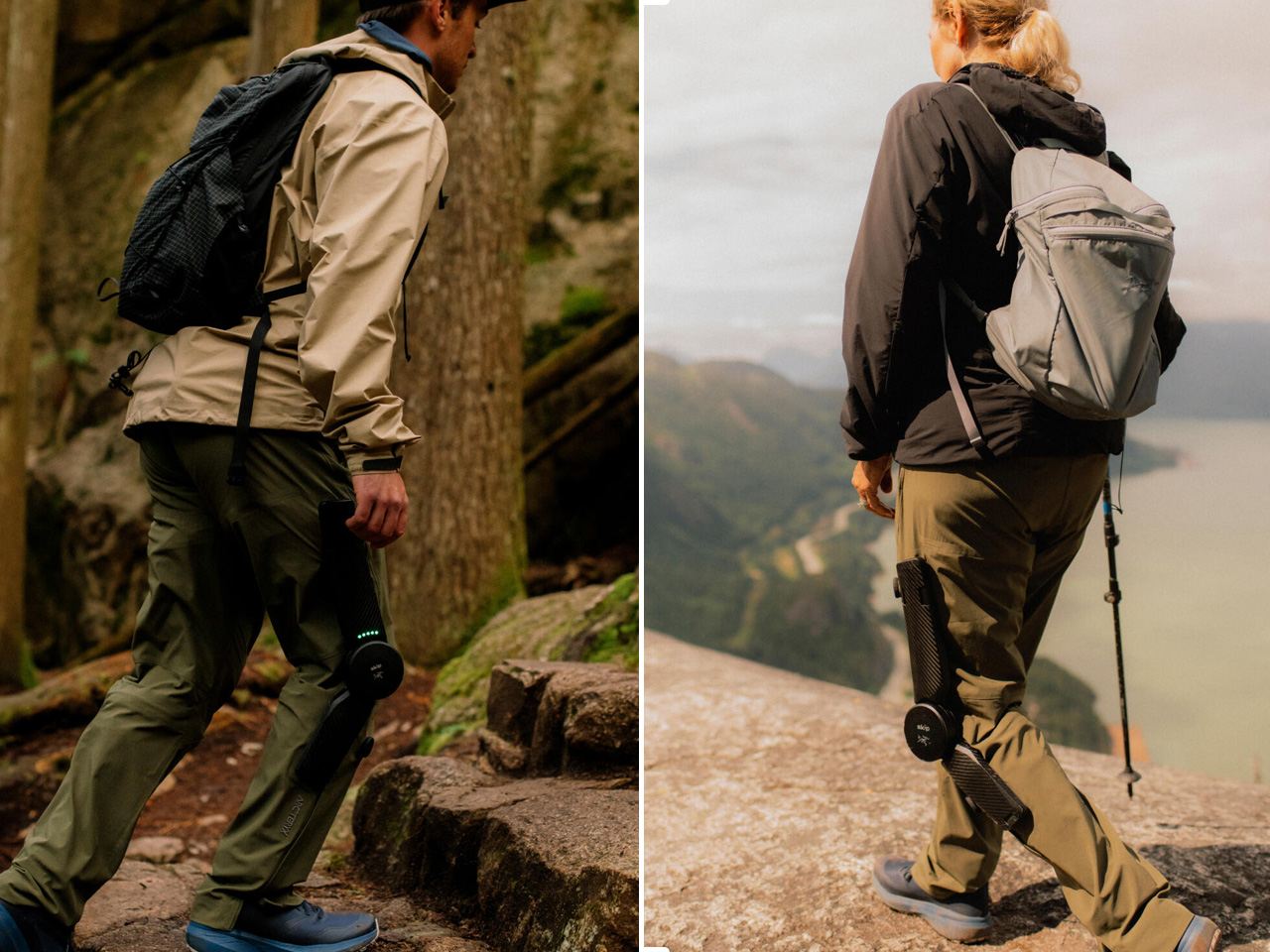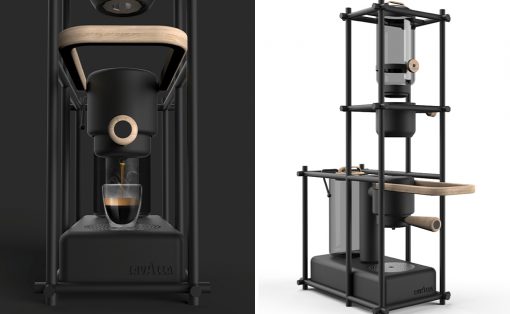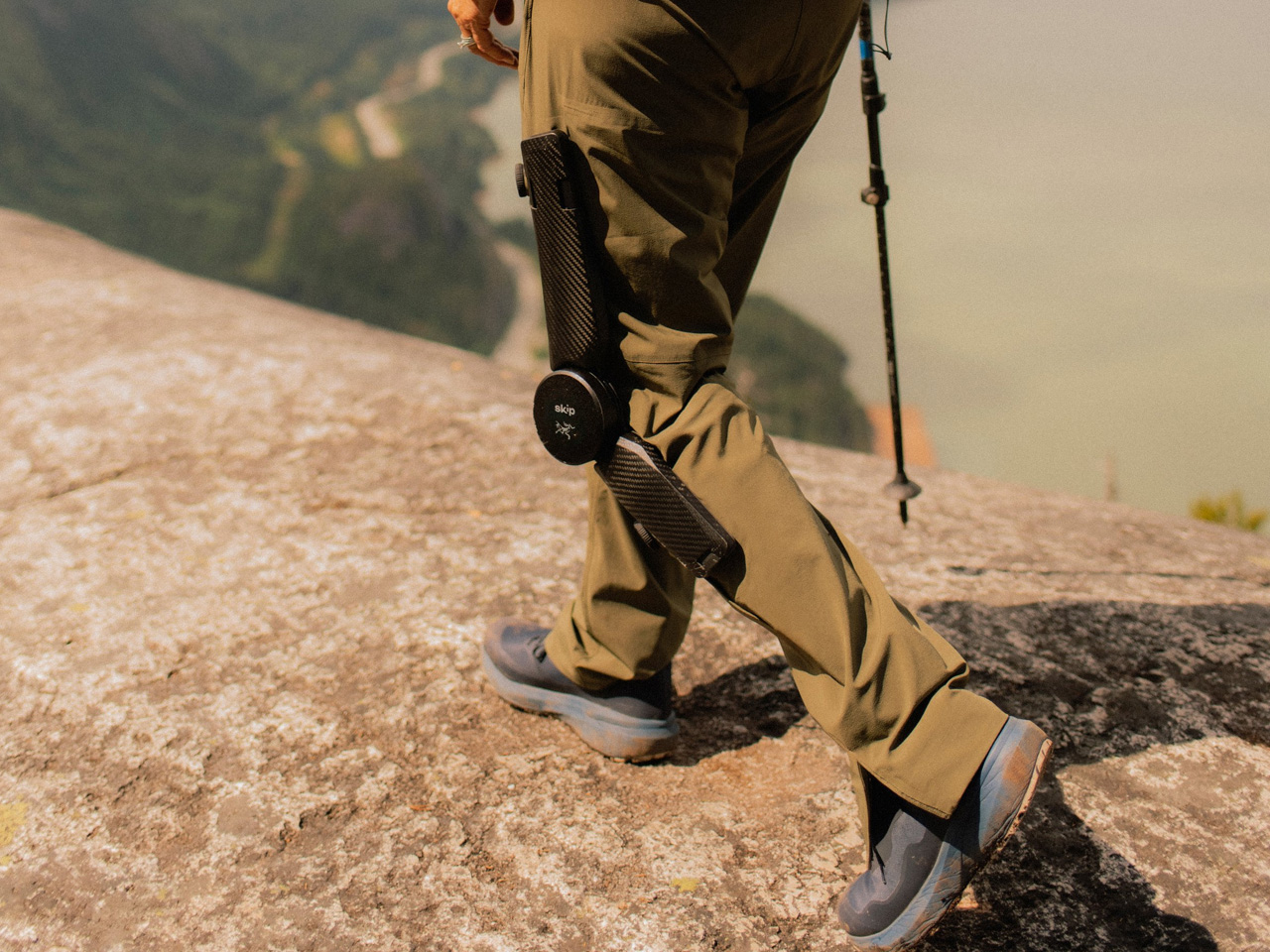
Would it be fair to set out in a pair of robotic pants to cover all 47 miles of the West Coast Trail in Vancouver, British Columbia, in record time without breaking a sweat? You’d say why not, but anyone who’s been there in excruciating pain and sweat will call out cheating. Of course, it wouldn’t be fair to make a record claim with MO/GO on but it may surely be worth bragging.
Exoskeletons and wearable mobility devices have been around for decades. Obviously, the main focus of such devices has been on assisting seniors or those with mobility issues in rehabilitation, to gain strength and independence. But if you have been following us closely, you’d know that there is a new trend on the way. Wearable robots, such as the WIM mobility assist wearable device created by WIRobotics, are being built to assist the healthy strengthen their lower limbs or walk with more confidence and freedom saving up to 20 percent energy.
Designer: Skip x Arc’teryx

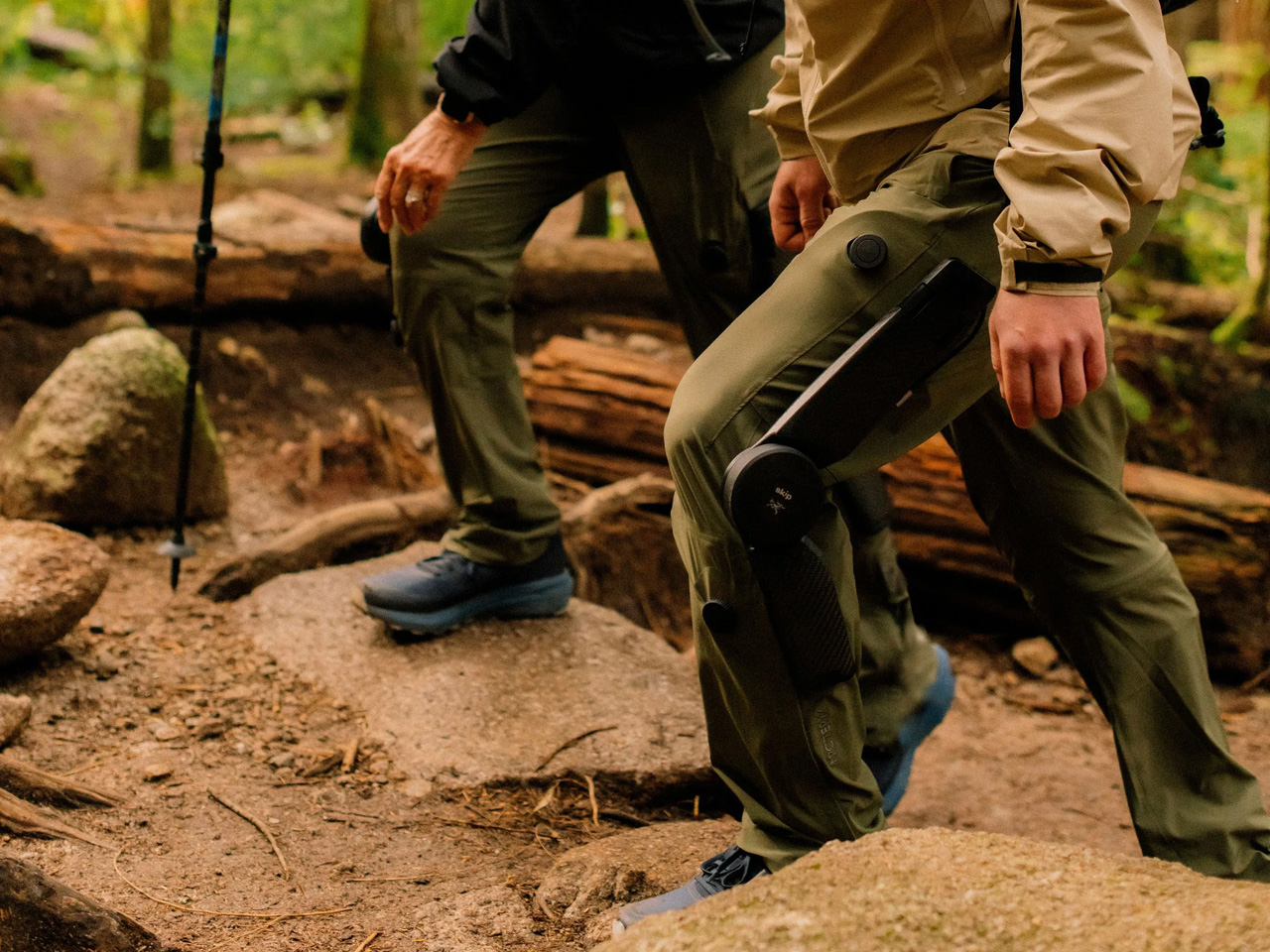
Now, MO/GO is a wearable pair of robotic pants conjured up “to support and inspire adventure in a new kind of way.” Short for mountain goat, MO/GO is designed by Skip – a Google’s research and development wing, X, spinout – in collaboration with Arc’teryx, to help people tackle any elevation with less muscle fatigue and body exertion. It “makes you feel up to 30 pounds lighter as you move,” the developers suggest.
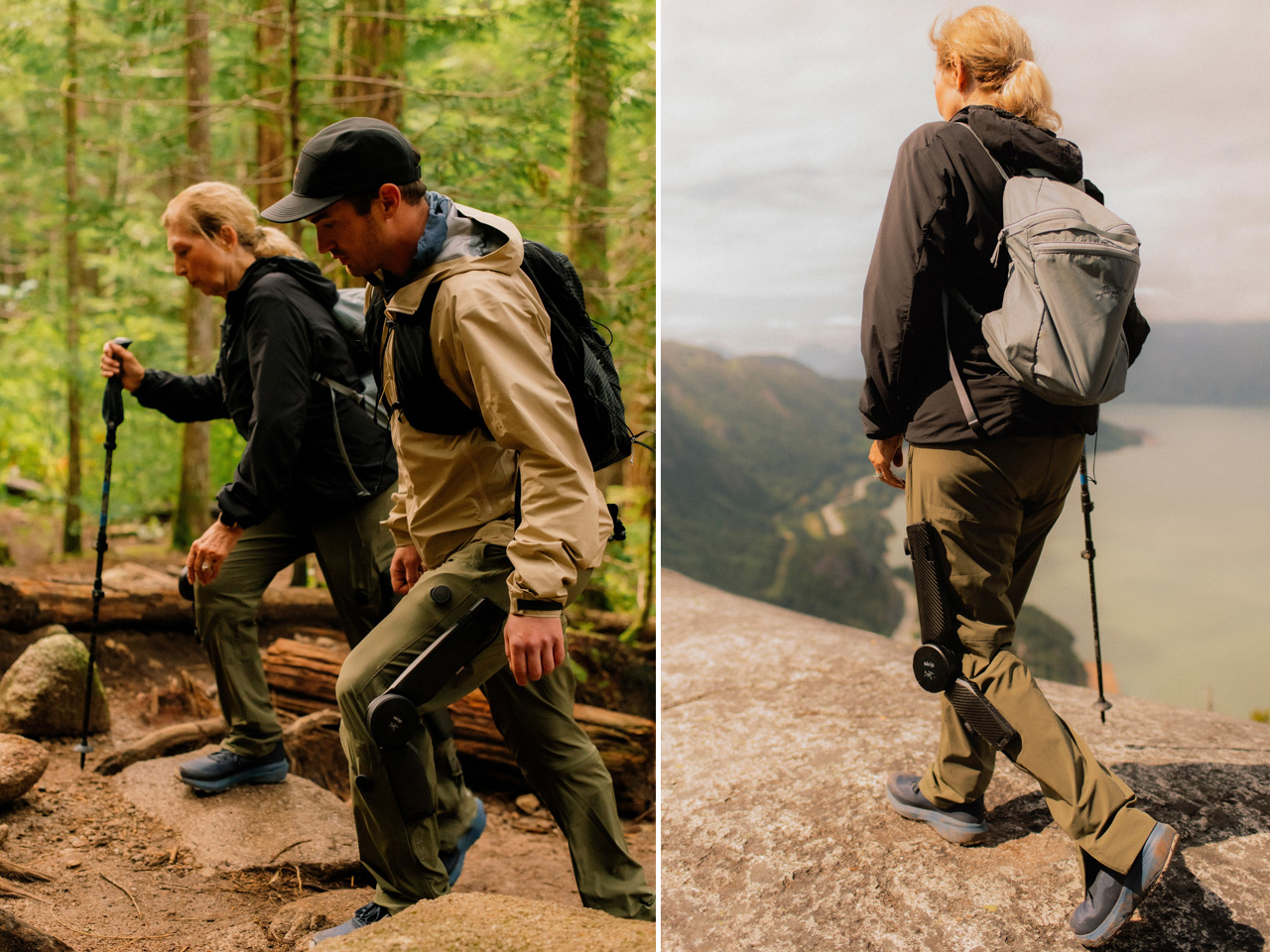
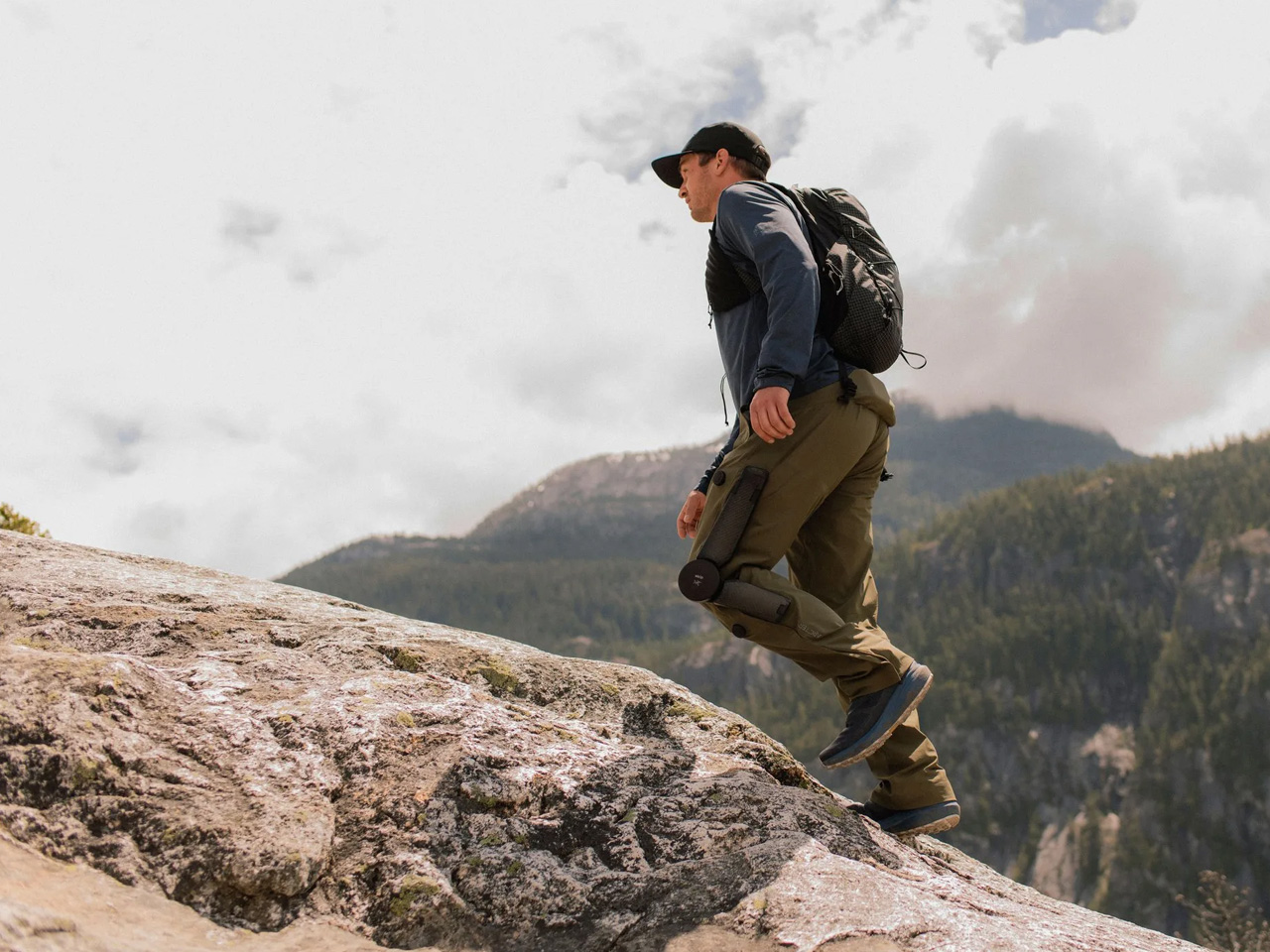
Skip is taking pre-orders for the $5,000 MO/GO, right now for a $500 discount. The $5K powered pant is the first of its kind clothing featuring an adjustable boomerang-like carbon fiber module that snaps onto the pants – at the knees and extends over the quadricep and hamstring muscles – to provide up to 40 percent boast to your legs on the way up. It gently supports the legs on the way down, and can snap off effortlessly to be stowed away when you don’t need it.
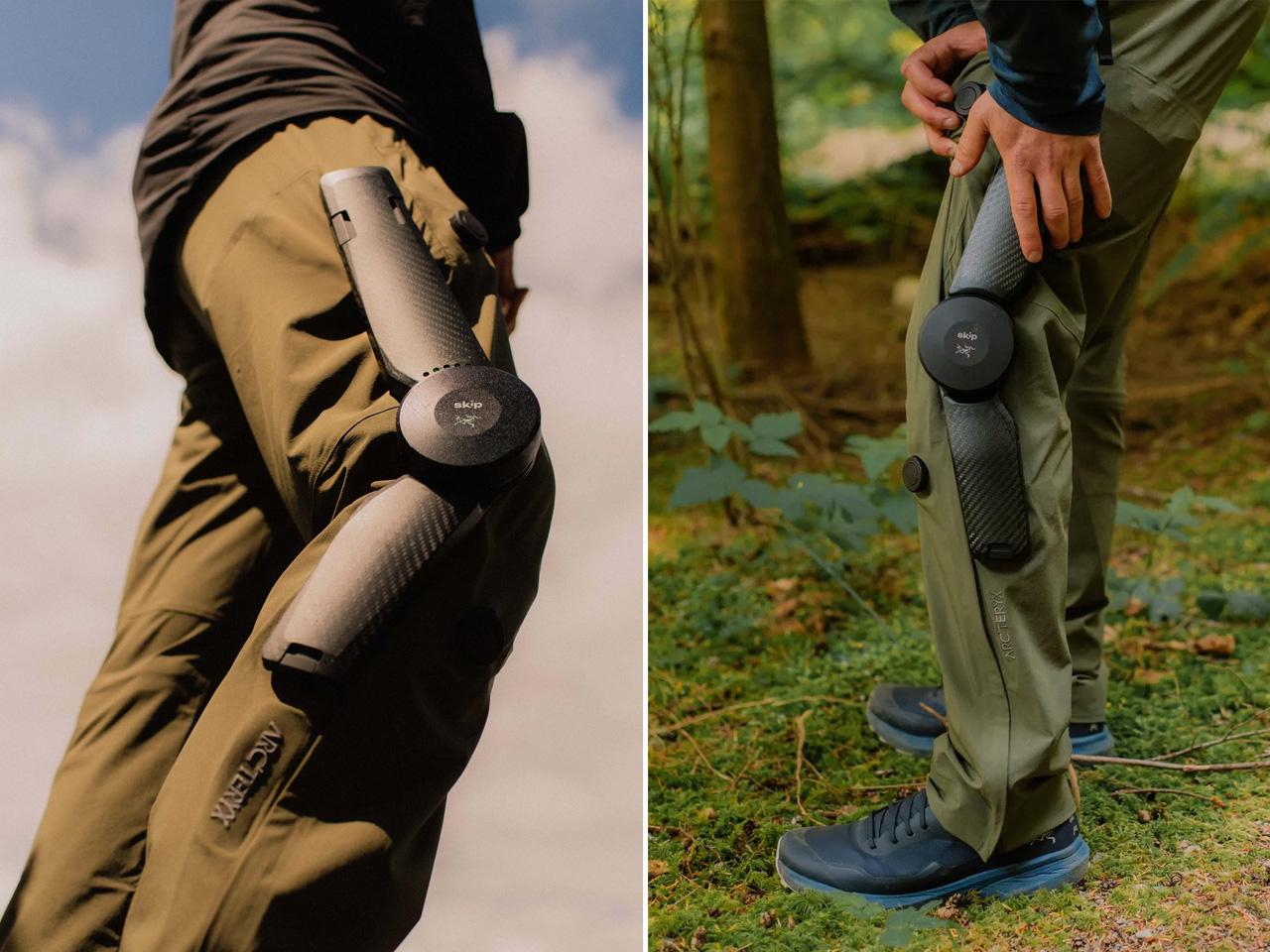
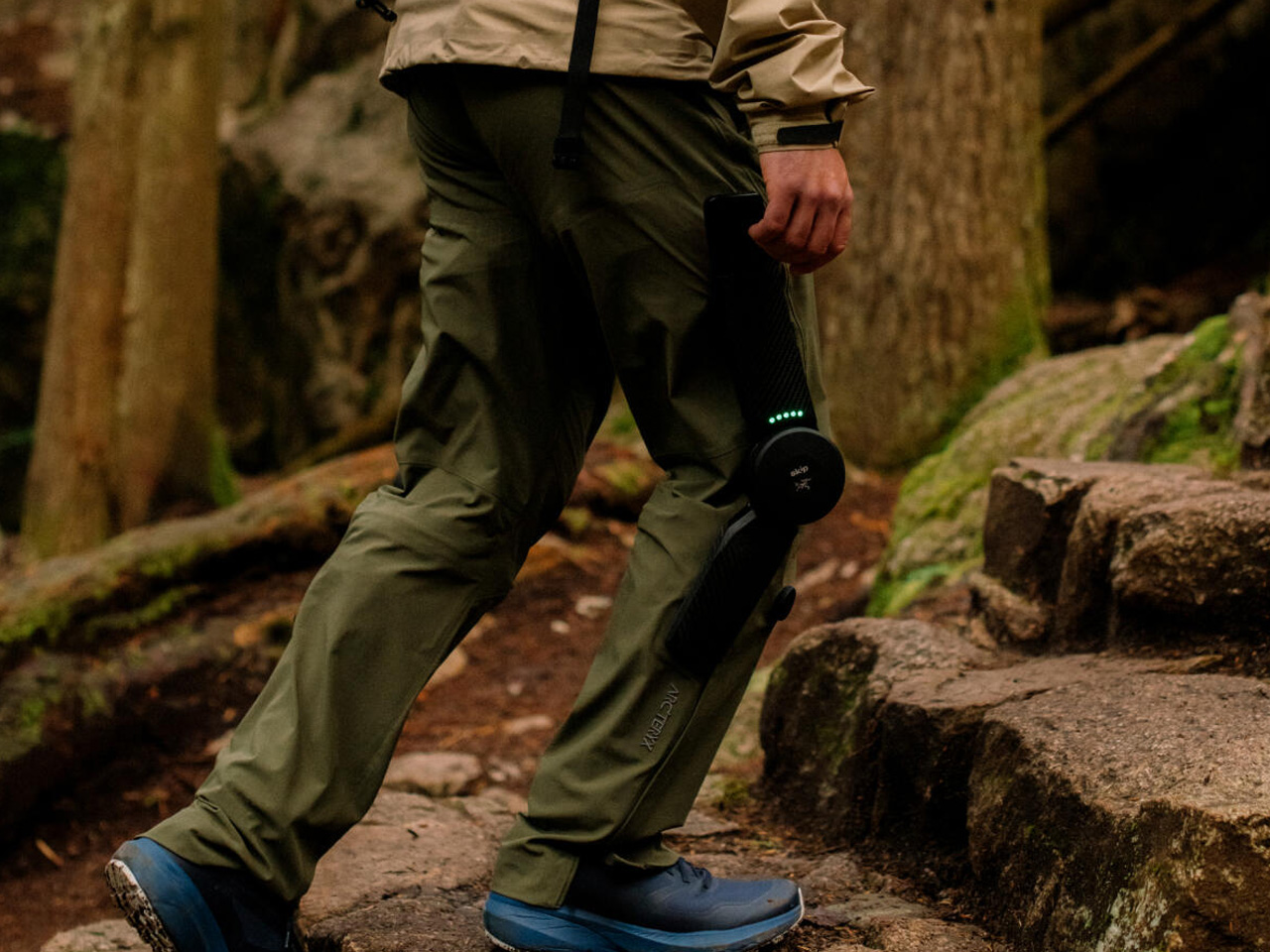
When you think of putting on something like the MO/GO on your legs, you would be concerned about the weight it would add on. Interestingly, the carbon fiber construction makes it exceptionally lightweight. It weighs only two pounds (with an onboard motor) and is powered by a battery for hours of usage. Charge it once on your way out be rest assured, you’ll make it safely back home no matter the strenuous trail you’re climbing up.
